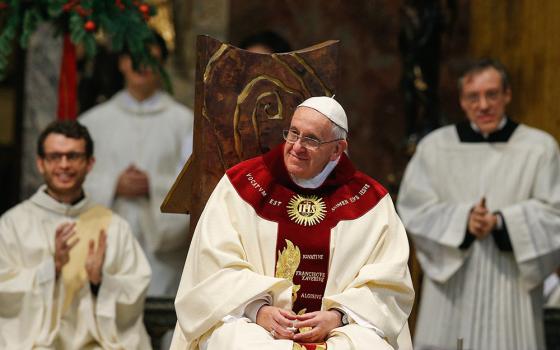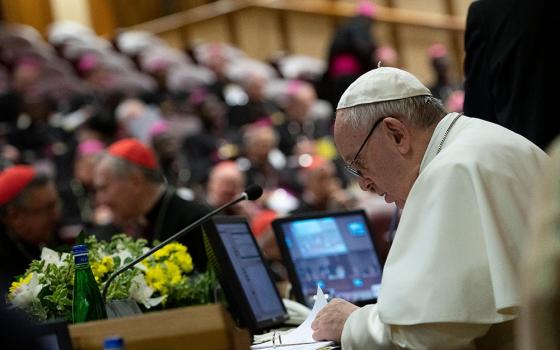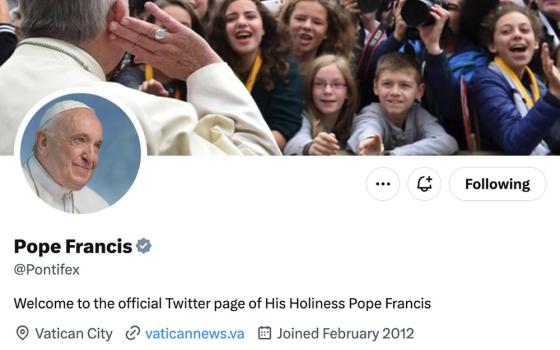Yesterday, I began examining the book The Purposeful Graduate: Why Colleges Must Talk to Students about Vocation by Tim Clydesdale, which examines and evaluates the effects of Lilly Endowment grants given to religiously affiliated colleges and universities to develop and implement purpose exploration programs.
Purpose exploration programs took many forms and Clydesdale makes the point that such programs must work with, and build on, the climate and culture of campus life if they are to be successful: What works at one school may not work at another. But, what shines through his research, which was extensive, is that these programs have profound effects on the students who participate.
Clydesdale looks at the “types” of students economists who study the public good have developed. One quarter of all students are “knaves” or “free-riders,” another quarter are “saints,” but fully half of all students are “contingent moralists,” those who wish to do good but need a culture and social environment to provide stimulus to their altruistic impulses. Of course, collegiate “saints” were drawn to these purpose exploration programs, but so were many contingent moralists and, as Clydesdale points out, in the world as it is, the saints might be inconsequential unless they find allies among the half of all students who are contingent moralists. The programs gave these contingent moralists the intellectual architecture to develop their altruistic sensibilities, and gravitate away from the knaves and towards the saints.
The students who participated in these programs reported significantly higher rates of “life satisfaction scores,” to Clydesdale’s researchers, especially the further they were from graduation. He writes, “That recent graduates were on the whole more satisfied than dissatisfied with their lives is a positive outcome. But it is a modest outcome, too. What parents and citizens seek, and educators promise, are college graduates who flourish, that is, young adults with positive goals for the short and long term, who show independence, responsibility, and active engagement with the community.” Participants had a median satisfaction score of 4.9 while non-participants had a score of 1.8. Even after adding controls for the fact that the programs were mounted at religiously affiliated schools and, therefore, might include more religious observers, the results were the same: Former students who engaged the purpose exploration programs were far more likely to be satisfied with their lives across a range of issues.
The most striking example of this was the fact that Clydesdale found purpose exploration graduates were four times more likely to get married than non-participants. Some of this disparity can be accounted by the fact that religious conservatives tend to marry earlier, but many of the marriages were contracted by non-religious conservatives. Clydesdale accounts for the difference by noting, “Exploration participants, having spent time as undergraduates reflecting on the long-term direction of their lives, were ready to make a variety of long-term commitments – including marriage. Equally striking, exploration participants were three times as likely as non-participants to report being satisfied with ‘no’ love life – because they would consider romantic attachments to marriageable prospects only.” I find these results striking. We tend to focus on issues discretely, and so seek answers to concerns about dropping marriage rates in the sexual revolution or in the socio-economic circumstances of young adults. But, it certainly seems plausible that people are less willing, and less able, to commit to a marriage because they have not thought through, nor do they possess the necessary language, to even think clearly about long-term commitments of any kind. Note to synod on the family delegates: Talk to Clydesdale before heading to Rome!
In announcing the Purpose Exploration program, the Lilly Foundation focused exclusively on the effects on students. The same held true for the grant applications. These were programs that would require faculty and staff involvement, but they were aimed almost exclusively at improving the prospects for students. One of the happy consequences, however, of these programs were the effects on faculty and staff, to which Clydesdale dedicates a chapter. Faculty and staff who participated in the programs reported overwhelming levels of satisfaction with their own participation. There were institutional benefits as well. Clydesdale notes that graduate training offers many and varied incentives for hyper-specialization, but professors at small colleges must be generalists, and even at most medium-sized schools, professors must balance their workload between specialized research and generalized teaching duties. So, our graduate schools produce future professors with a bit of a mismatch in terms of focus and skills. These programs helped professors gravitate towards becoming what Clydesdale calls “good campus citizens,” those who are good teachers and mentors, who are engaged in campus activities and builders of community at their institutions.
Clydesdale adds a chapter about strategies and “ecologies” of these programs. He delineates certain “strategic blunders” that hindered some programs, such as targeting them at entering freshman, who are too focused on adjusting to college life, or seniors, whose investments in their college careers are already to set in stone, to benefit from these programs. He explains why the centerpiece of a purpose exploration program at one school, say a themed residence hall, might not work at another school, but a program built around a school’s campus ministry might. Those schools with strong ethnic or religious identities need programs that will be different from those that work on a school with a tenuous connection to its religious founding.
What emerges, stunningly, in a way that makes it almost too good to believe, is the relentless good news Clydesdale found. And that verdict is not just Clydesdale’s: Most schools kept their purpose exploration programs long after the Lilly Endowment funding dried up. Coincidentally, I was on the campus at the University of Notre Dame earlier this week and was having a chat with an administrator during one of the coffee breaks. I mentioned Clydesdale’s book. This administrator, whom I had never met before, explained exactly how the Lilly grant had started a program at Notre Dame that continues to this day. Clydesdale writes, “This book demonstrates that citizenship and leadership are spawned through participation in dynamic communities of positively engaged peers, caring mentors, and thoughtful leadership, and marked by rich conversations.” The purpose exploration programs cultivate such communities, engagement, mentors, leadership and conversation. The skepticism with which I began the book – purpose exploration sounded a little Oprah-ish to my ears – was dispelled by the time I finished it. If your school does not have such a program, it should. If your child does not engage such a program, they should. And, if you care about higher education and you have not read this book, you should.




